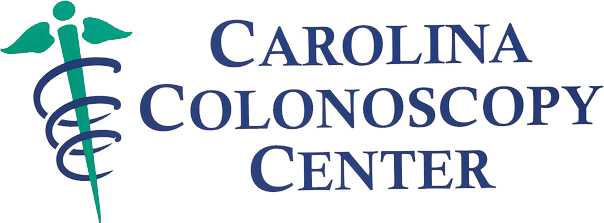While our Center focuses primarily on colonoscopy, there are times when patients also need evaluation of symptoms that may be from the swallowing tube and stomach. If the physician feels they need too also look at the upper GI tract (the patient may have reflux symptom, GERD, difficulty swallowing, indigestion or ulcers) they may also schedule an “endoscopy.”If a patient is taking Prilosec, Nexium, Prevacid, Zantac, Pepcid orTagamet for acid reflux we will recommend an upper endoscopy. This is also known as an EGD (esophagogastroduodenoscopy). We pass a scope through the mouth, down the throat and examine the esophagus, stomach and the beginning of the small intestine. This can be accomplished at the same time you schedule your coloscopy so there is no need to have two separate appointments. However, since anesthesia is used for the upper endoscopy, our patients are not candidates forthe new no-anesthesia water immersion colonoscopy. Anesthesia is used for both procedures in these cases needing both upper and lower examinations.
What is the doctor looking for in upper endoscopy?
Your doctor is looking for evidence of reflux, irritation in the esophagus, ulcers, inflammation of the stomach lining, tumors, infection or bleeding.
How long does an upper endoscopy take?
Approximately 10-15 minutes.
How long will I remain in recovery after an upper endoscopy?
Patients remain in recovery from 30 to 40minutes after the procedure. Because we use Propofol, you will be clearly awake and functioning when the doctor discusses the findings of your procedure(s)
Will I be able to drive immediately after my procedure?
It is recommended that patients wait 24 hours after an endoscopy in which sedation is given.
Can I eat after my upper endoscopy?
You can resume your normal diet after upper endoscopy.
